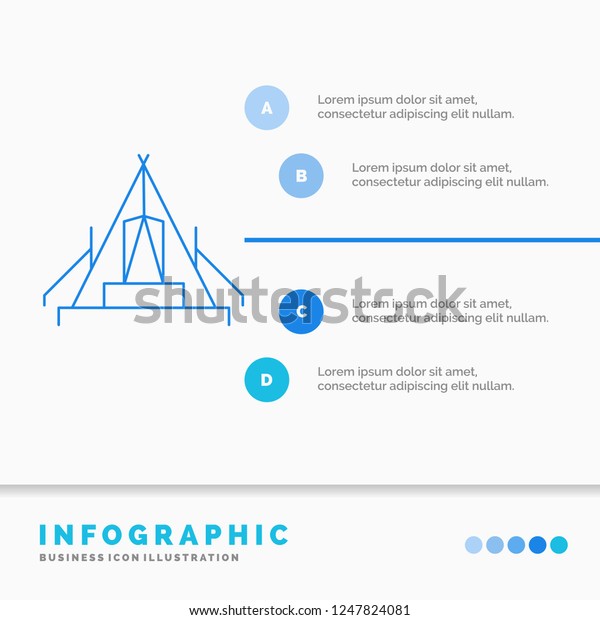There are many ways to get your gear into the hands of someone who will love it. Whether you sell in an online store or at a local consignment shop, proper preparation is key.
Clean gear, clear photos, and an honest description catch buyers’ eyes. This ensures your tent will be a part of more outdoor adventures, no matter where it goes next.
Set Your Goals
For camping enthusiasts, a good tent provides both comfort and protection. The best tents are made from high-quality materials and offer adequate airflow, as well as features that improve the overall experience, such as a gear loft, power access ports, or interior pockets. Some camping tents even offer TV hookups or climate control, which are useful for people who plan on using their tent as a home base during outdoor activities.
If you want to sell your own camping tent, start by identifying your target audience. This will help you determine which features and upgrades to include in your product description. Also, remember that it's important to price your tent fairly and competitively.
Selling used gear is more than just an opportunity to make room in your garage for new equipment--it's a way to share the spirit of adventure with others. By following a few key tips, you can ensure your tent finds its next home while padding your wallet and helping others kickstart their adventures.
Market Your Business
A successful glamping business relies on a robust marketing plan. Even the most unique destinations and setups won’t attract customers without a solid plan for reaching them.
Conducting market research can help you understand the expectations of your potential customers. This can also help you determine whether your business model is right for you.
If you are considering purchasing an existing tent and camping goods manufacturing business, this can significantly reduce the risk of startup failure compared to starting a new business. It can also give you a loyal customer base and an efficient team.
Online marketplaces like Craigslist and Facebook Marketplace are popular for selling used gear. You can also check with local outdoor consignment shops that specialize in camping and hiking equipment. When listing a tent, it’s important to focus on presentation and be honest about any wear and tear. This will help you achieve a fair price for your product. You should also factor in the cost of packaging and shipping supplies.
Research the Market
Whether you want to start a tent and camping goods canvas tarps manufacturing business from scratch or purchase one that’s already in operation, it’s important to conduct comprehensive market research. This will help you determine your business’s competitive positioning and ensure that it aligns with the expectations of your target market.
Aside from brand, the age and condition of a tent are also significant factors in determining its resale value. For example, a newer, high-quality tent will fetch a higher price than an older model with noticeable wear and tear. It’s also important to note that any defects or issues with a tent should be clearly disclosed, as this can affect buyers’ willingness to purchase it.
Similarly, special features and upgrades can increase a tent’s appeal. For instance, a built-in gear loft or unique ventilation system can add up to a premium selling price. Ultimately, conducting thorough market research will help you set fair prices and attract serious buyers.
Create a Business Plan
Once you've set your goals and conducted a thorough market analysis, it's time to put your plan into action. Start with your short-term goals for the next three to five years, and then determine the resources, speed, and risks that will help you meet those objectives within this timeframe.
Your business plan should also detail your financial projections and present any potential roadblocks from a regulatory standpoint. This is an important section to include if you're seeking funds for your camp from outside investors or lenders.
In addition, this section should also provide details of any key assets or intellectual property you might have, such as the designs for your tents and camping goods, or any special equipment and tools that you use to manufacture them. This will help your prospects understand why your camp is a good investment and could increase their confidence in you as a business owner. You can even include charts and graphs to illustrate your data, like pie charts and line graphs.
